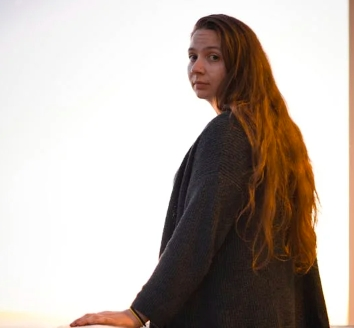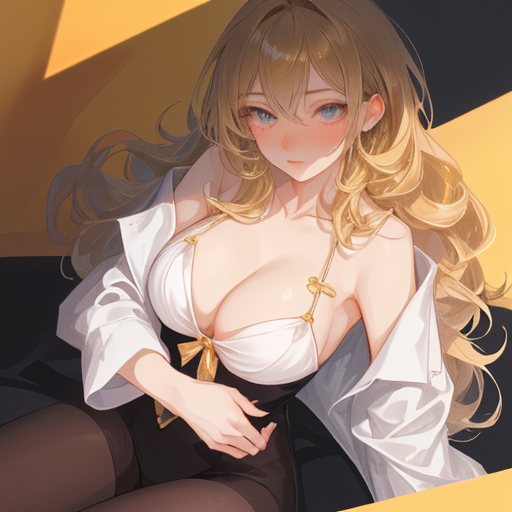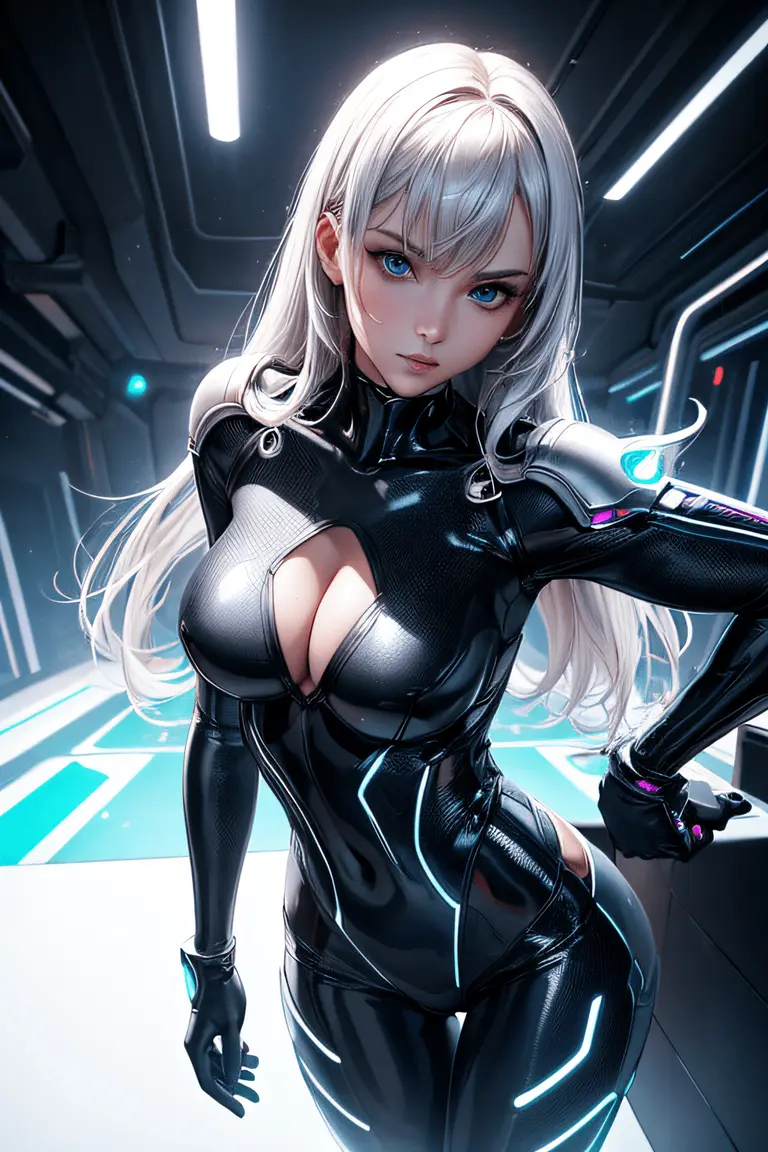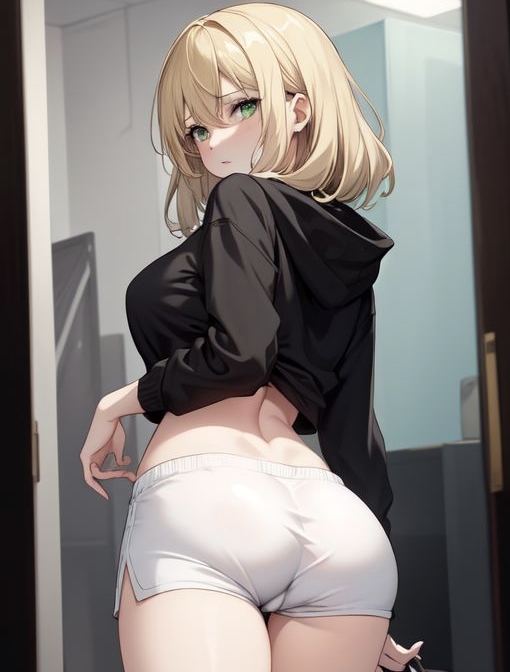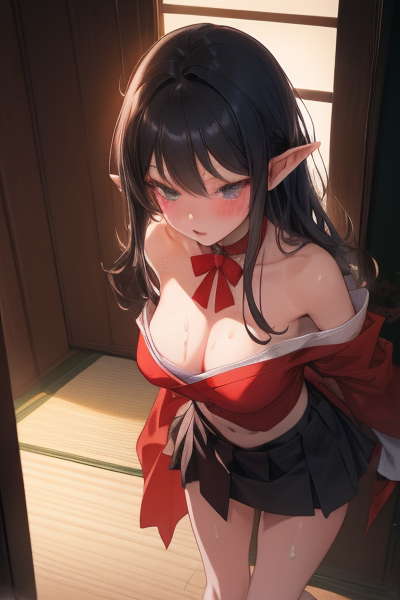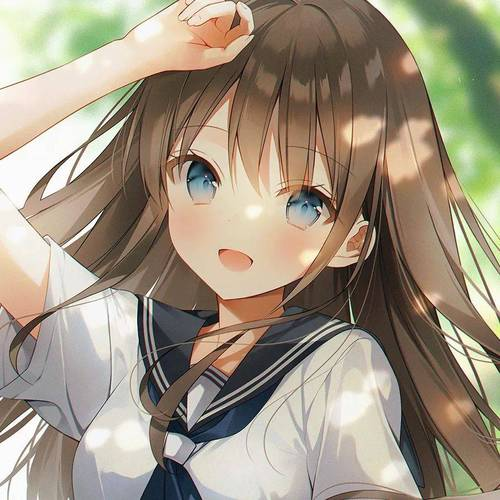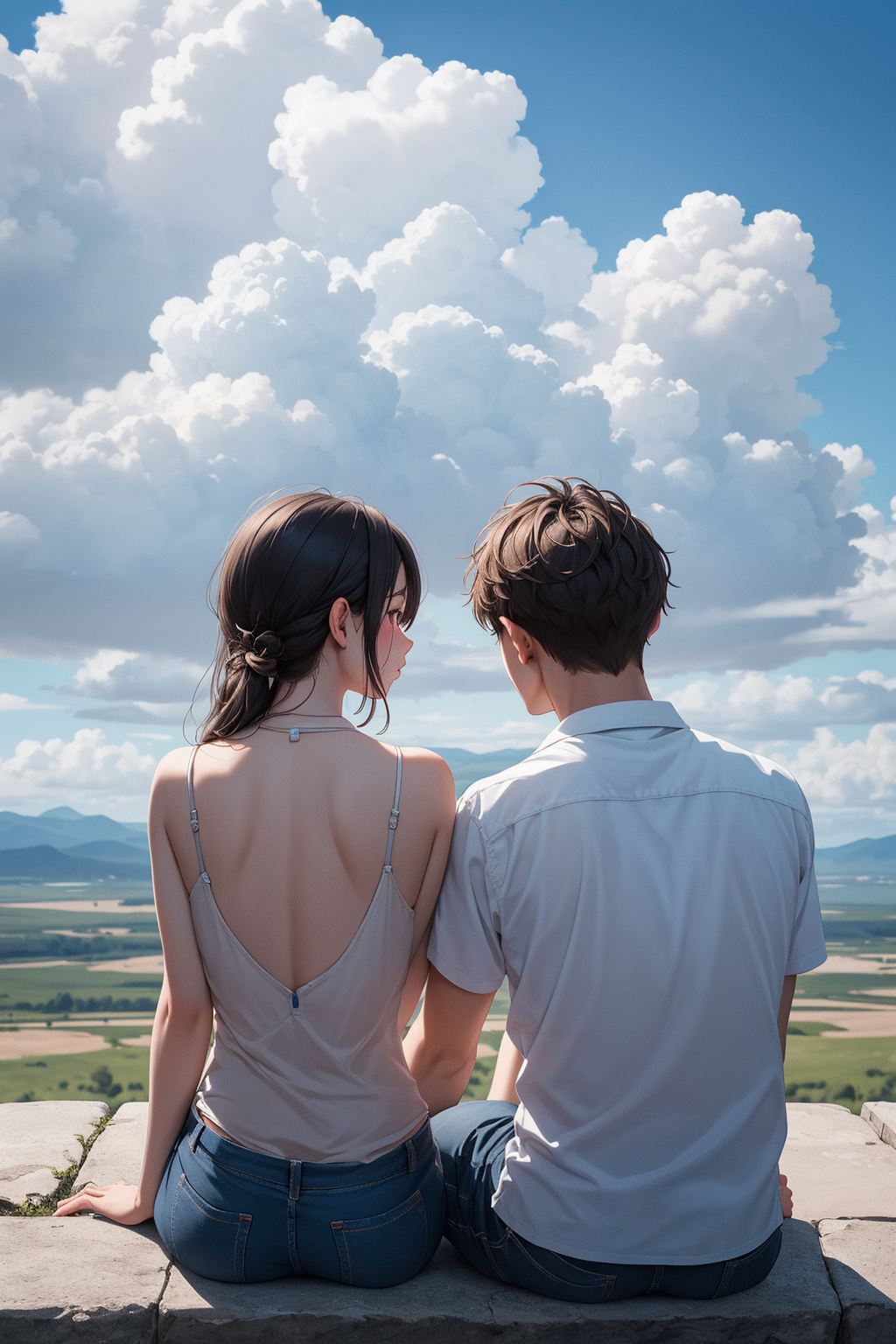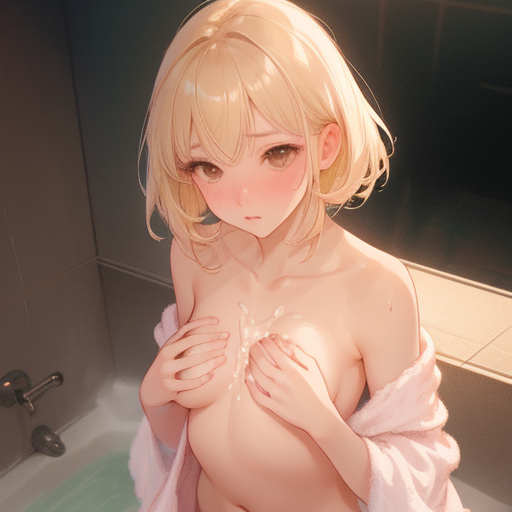Unleashing Creativity: The Provocative World of NSFW AI Image Generation
Artificial Intelligence has revolutionized various aspects of our lives, from enhancing healthcare to transforming industries. However, one lesser-known yet intriguing application of AI is in the realm of NSFW (Not Safe for Work) image generation. This technology has sparked controversy, creativity, and curiosity in equal measure.
NSFW AI image generators use advanced algorithms to create provocative and sometimes controversial images that blur the line between reality and imagination. These tools have drawn both praise for their innovation and criticism for their potentially harmful implications.
One of the leading NSFW AI image generators that has captured the attention of artists and technologists alike is DeepDream. Developed by Google, DeepDream uses neural networks to transform ordinary images into hallucinatory, dream-like creations. Its psychedelic aesthetic has attracted a dedicated following of artists who use it to push the boundaries of conventional art.
While the capabilities of NSFW AI image generators are undeniably impressive, they also raise ethical questions about consent, privacy, and the boundaries of creativity. The use of AI to generate explicit content has sparked debates about the responsibilities of creators and the potential risks associated with unrestricted access to such technology.
Despite the controversies surrounding NSFW AI image generation, there is no denying its impact on the art world. Artists are exploring new forms of expression, pushing the boundaries of what is considered acceptable or taboo. Bold, provocative, and sometimes unsettling, the images produced by AI challenge societal norms and question our perceptions of reality.
As technology continues to evolve, so too will the capabilities of NSFW AI image generators. What once seemed like science fiction is now a reality, ushering in a new era of artistic experimentation and digital innovation. The future of NSFW AI image generation remains uncertain, but one thing is clear – it has forever changed the way we think about art, creativity, and the boundaries of imagination.
 4.22
4.22 841
841





